Rising Incidence Rates
The rising incidence rates of neuroblastoma are a critical driver for the neuroblastoma Market. Recent statistics indicate that neuroblastoma accounts for approximately 7% of all childhood cancers in the US, with an estimated 700 new cases diagnosed annually. This increasing prevalence is prompting healthcare systems to allocate more resources towards research and treatment options. Consequently, pharmaceutical companies are likely to focus on developing new therapies to address this growing patient population. The market is anticipated to expand as a result, with projections suggesting a growth rate of 6% annually over the next several years.
Growing Awareness and Advocacy
Increased awareness and advocacy for neuroblastoma are significantly impacting the neuroblastoma Market. Organizations dedicated to childhood cancer are actively promoting education and research funding. This heightened awareness is leading to improved diagnosis rates and earlier interventions. As a result, the market is expected to grow at a CAGR of around 8% over the next five years. Advocacy efforts are also fostering collaborations between stakeholders, including healthcare providers and researchers, which may enhance the development of new therapies. This collective push is likely to create a more robust environment for the neuroblastoma Market.
Advancements in Treatment Modalities
The neuroblastoma Market is experiencing a notable shift due to advancements in treatment modalities. Innovative therapies, including immunotherapy and targeted agents, are gaining traction. For instance, the introduction of monoclonal antibodies has shown promise in enhancing treatment efficacy. The market is projected to reach approximately $2 billion by 2026, driven by these advancements. Furthermore, clinical trials are increasingly focusing on combination therapies, which may improve patient outcomes. This evolution in treatment options is likely to attract investment and interest from pharmaceutical companies, thereby propelling the neuroblastoma Market forward.
Technological Innovations in Diagnostics
Technological innovations in diagnostics are transforming the neuroblastoma Market. Advanced imaging techniques, such as PET scans and MRI, are enhancing the accuracy of neuroblastoma detection. These innovations facilitate earlier diagnosis, which is crucial for effective treatment. The integration of artificial intelligence in diagnostic processes is also emerging, potentially improving the speed and precision of identifying neuroblastoma cases. As diagnostic capabilities improve, the demand for effective treatment options is likely to rise, further stimulating the neuroblastoma Market. This trend may lead to a more competitive landscape, with various companies vying to introduce cutting-edge diagnostic solutions.
Regulatory Support for Innovative Therapies
Regulatory bodies in the US are increasingly supportive of innovative therapies for neuroblastoma, which is positively influencing the neuroblastoma Market. The FDA has expedited the approval process for several promising treatments, including those utilizing gene therapy and CAR T-cell technology. This regulatory environment encourages pharmaceutical companies to invest in research and development, potentially leading to a wider array of treatment options for patients. The market could see a substantial increase in new product launches, contributing to an estimated market value of $1.5 billion by 2025. Such support is crucial for the growth of the neuroblastoma Market.


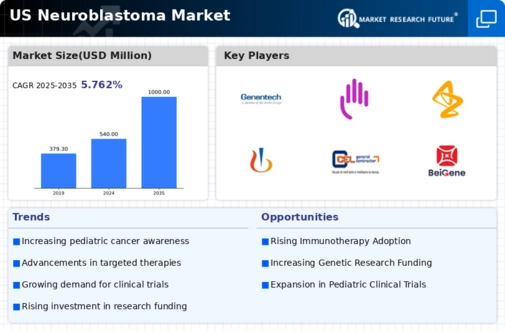
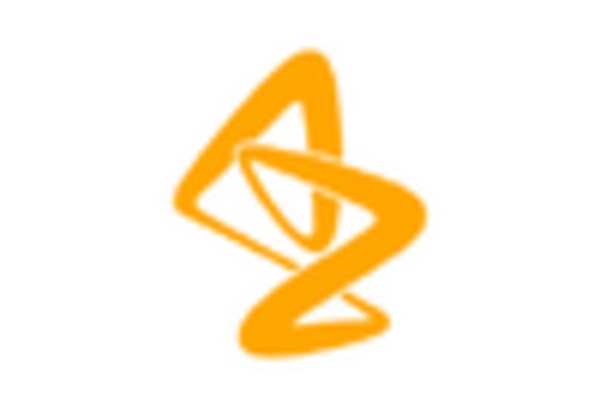

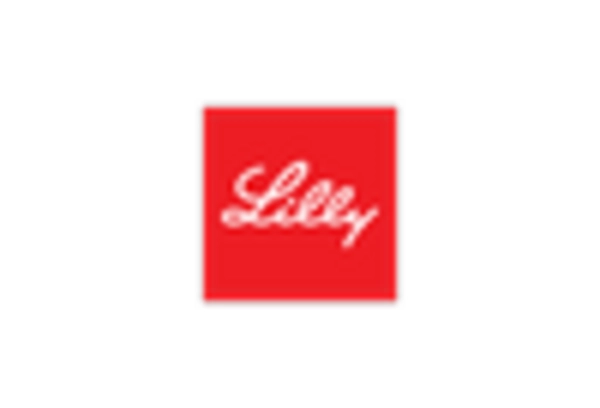

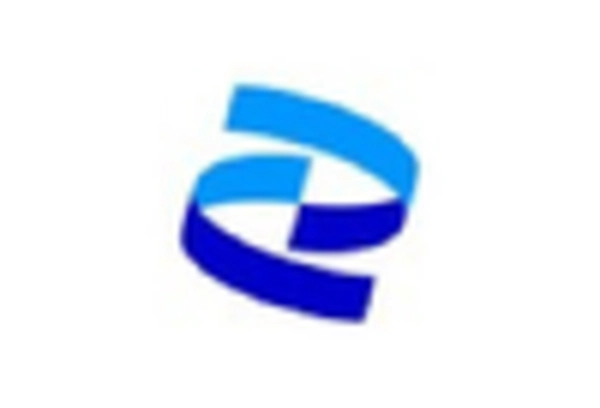
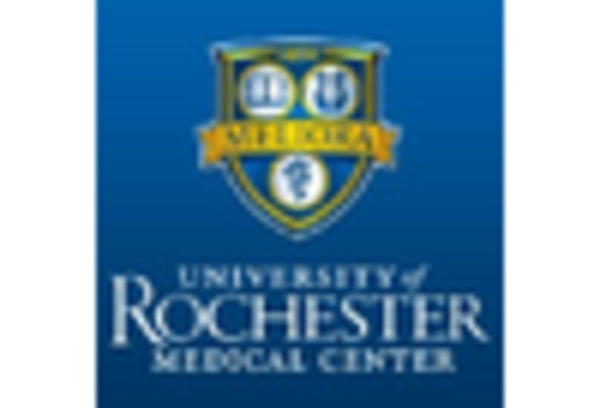








Leave a Comment